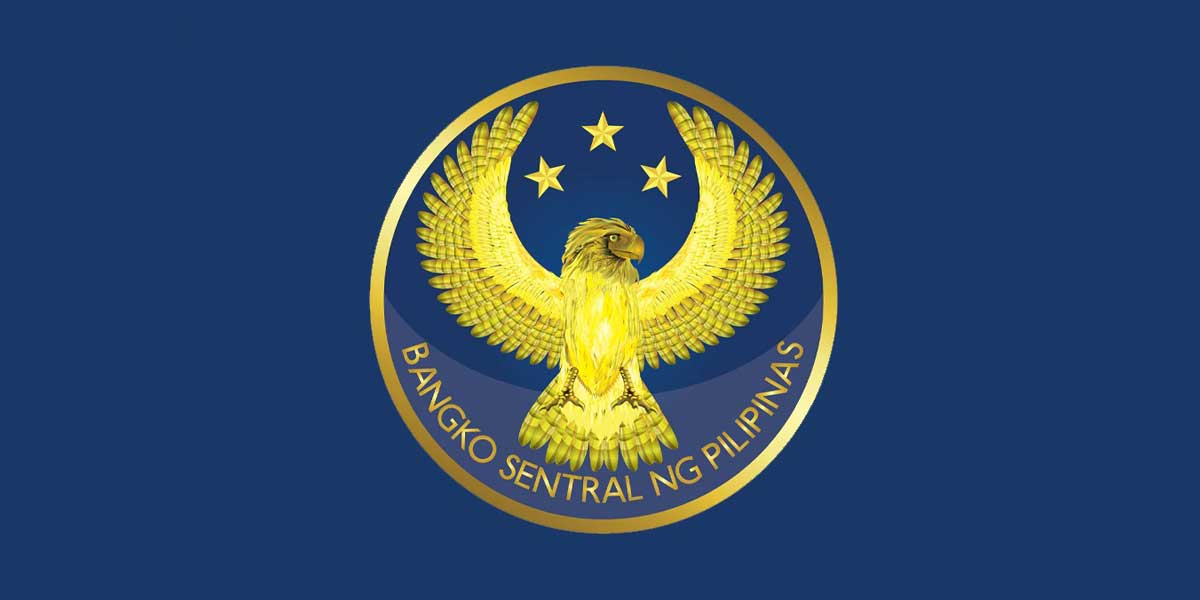By Herman M. Lagon
THE WORD “epal, “ derived from the Filipino slang “mapapel,” has become synonymous with government officials who insensitively plaster their names and faces on publicly funded projects. Rooted in a desire for attention and recognition, this practice has been widely criticized for its blatant display of egotism and self-promotion.
In Philippine politics and bureaucracy, where the distinction between personal and public interests often blurs, appending one’s name or face to public initiatives—whether they be infrastructures, relief goods, or official documents—has become almost routine. Far from being innocent acts of attribution, these are frequently seen as strategies for early election campaigning or an attempt to establish political dynasties. For some others, especially those high-flying bosses, directors, or chiefs in government service, it is to cater to their egos, pride, whims, hubris, vainglory, smugness, and issues.
Ironically, the very funds used for these projects come from the taxpaying public. Thus, the act of “epal” is seen as a theft of credit. After all, the taxpaying public deserves projects that result from their contribution, not a token of generosity from any single official.
The Department of the Interior and Local Government (DILG) during the time of the late President Benigno Aquino III has already taken steps to mitigate this through their Memorandum Circular No. 2010-101 signed by the late Secretary Jesse Robredo, reinforcing that projects funded by the people should not bear the image or name of any official. However, the practice persists, perhaps because of the absence of strict legislative measures against it.
Efforts have been made in the legislative arena to address this issue. Notable among them is the “Anti-Epal Bill,” introduced by the late Ilongga Senator Miriam Defensor Santiago almost two decades ago, which seeks to penalize officials who engage in this act. Solons Francis Escudero’s Senate Bill 776 in 2016 and Robert Ace Barbers’ House Bill No. 71 in 2019 likewise aim to eradicate this deeply ingrained practice. Even party lists Bayan Muna and Kabataan filed the same bill in the 14th, 15th, and 16th Congresses.
However, for every step forward, some challenge the act. Some argue that these signages and labels are necessary to inform the public that their elected officials are at work. However, is not genuine public service supposed to be selfless and free from the need for recognition?
Reflecting on this, one is reminded of the call to be “men and women for others.” This principle emphasizes selfless service, urging individuals to act for the greater good and not for personal acclaim. It is a lesson that many of our politicians could benefit from internalizing.
Civic groups, including the Transparency and Accountability Network and Tama na Epal Movement, have risen to combat this “epal” culture, leveraging social media to shame erring politicians. But change should not merely be punitive; it should be transformative.
Ending the “epal” culture goes beyond just removing names or faces from banners, ads, or tarps. It requires a radical shift in mindset from politicians—a move from self-centeredness to authentic public service. Only then can we expect a political landscape that genuinely serves its people without unnecessary self-promotion.
After all, as public servants, the real measure of one’s effectiveness is not in the number of tarps bearing one’s face, but in the sincere, tangible change one brings to the community.
***
Doc H fondly describes himself as a ‘student of and for life’ who, like many others, aspires to a life-giving and why-driven world that is grounded in social justice and the pursuit of happiness. His views herewith do not necessarily reflect those of the institutions he is employed or connected with.
























